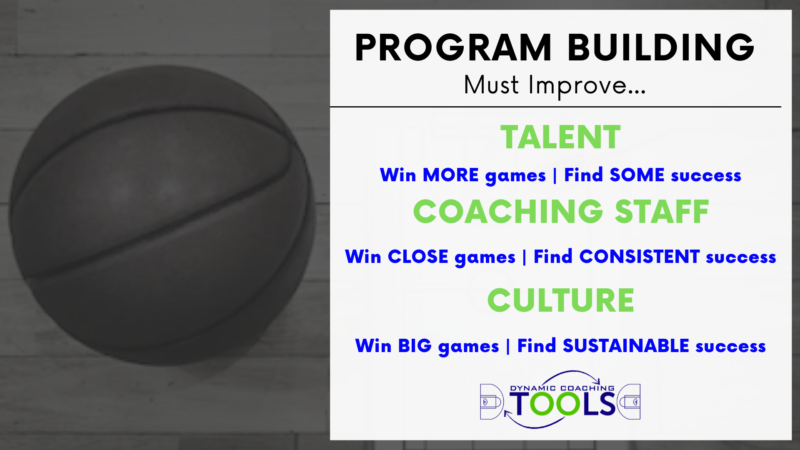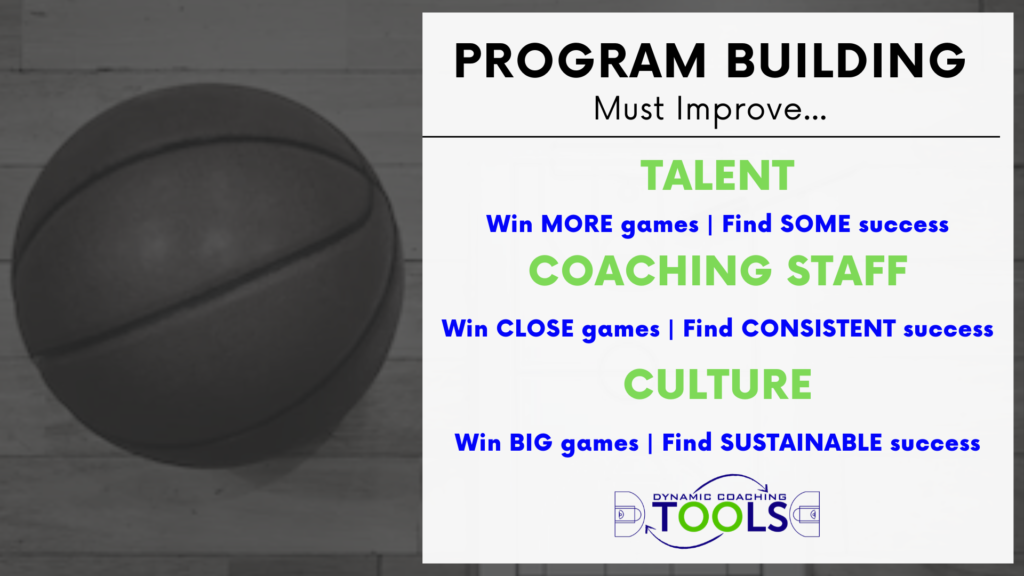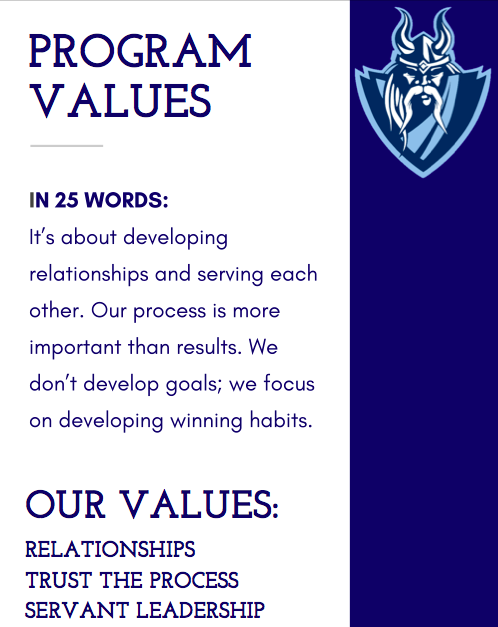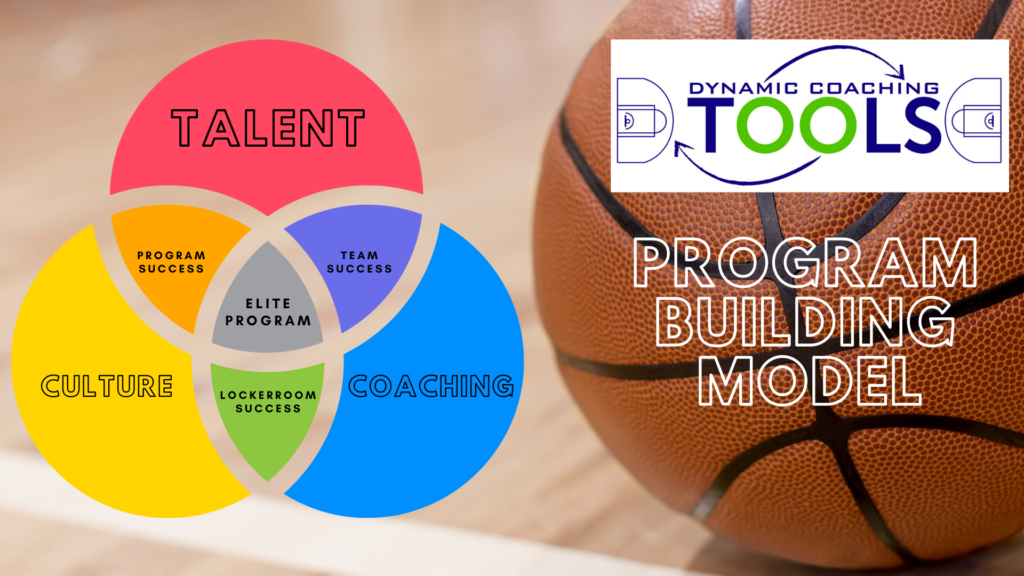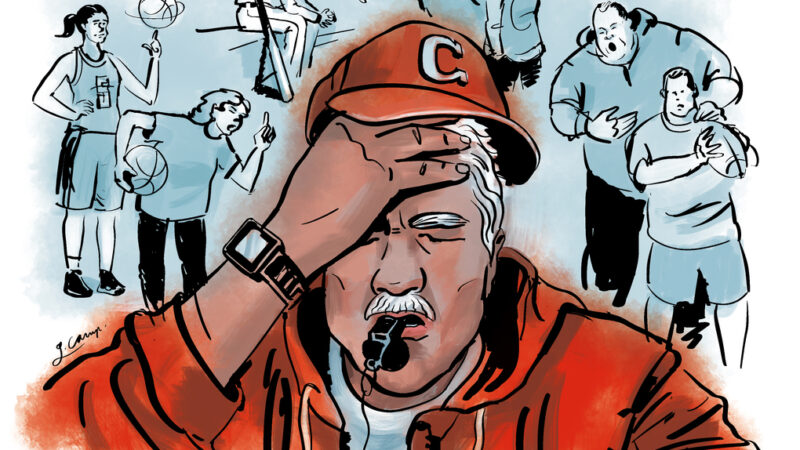PROGRAM BUILDING | The Talent Gap
As we continue to explain our Program Building Model , it is important for coaches to understand how to evaluate the TALENT GAP within a program. A talent gap is the cumulative attributes of the personnel within a program, as they relate to winning games. Here is a break down each of these attributes.
ATHLETICISM
Athleticism is the first thing that jumps out to people when evaluating a talent gap. We define athleticism as a combination between size, speed, and strength. We show a bias towards athleticism whenever we walk into a gym, during warmups, and pass judgement during layup lines. In most cases, we predict that the team with better athletes is “more talented.” The team with better athleticism might be more naturally talented, but that does not mean that they are automatically more talented. Below is the definition of TALENT.

Natural aptitude refers to natural ability, but the definition clearly includes “or skill.”
SKILL
Skill is the part of talent, which can improve the most rapidly with development. There are countless skills within basketball, but the skills that have the greatest impact on the talent gap are ball handling, decision making, and finishing. For the sake of simplicity, we include shooting within the finishing category. If a team is exceptionally skilled, they might actually be more talented than an athletically superior team. We ran a poll last month asking the question, “what is the biggest separating factor between the best team in your league and everyone else?” Athleticism and Skill tied with 44.9% each. This shows the increased value that coaches are putting on skill. It is time to also count skill towards the way that we judge talent.

DEPTH
The final category in our talent gap is specific to a team. Depth is an important factor within the talent gap. Throughout the season, teams will face foul trouble, fatigue, and injuries. We measure depth in two different ways. The number of capable players and the versatility of your players. A team with eight interchangeable pieces might actually be “deeper” than a team with twelve different players. Depth is an important part of the talent gap, because it stresses the collection of the entire group. Below is a look at the talent gap.
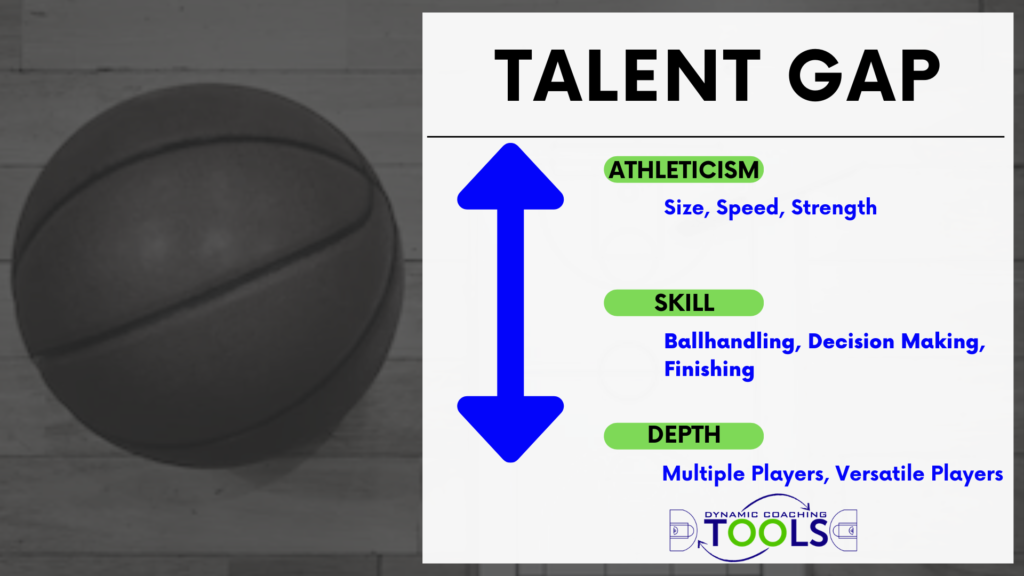
In our last blog post, we talked about the three things that a coach must improve when taking over a program. Once a coach evaluates the TALENT GAP within the program, the next step is to work hard to either increase a positive talent gap or decrease a negative gap. In the coming weeks, we will share a Development Model, which will give coaches a plan to increase the talent within their programs.
For more information, you can contact us on social media (@DynamicCoaches) or via email (info@dynamiccoachingtools.com).


